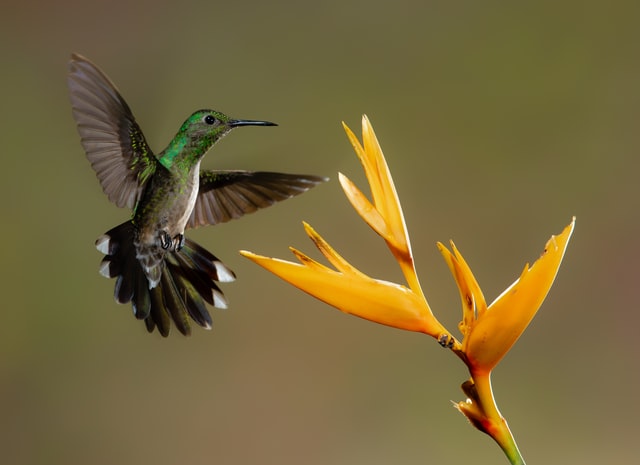
BIOFIN experts were joined by government, civil society, and youth representatives yesterday for Day 1 of a first-of-its-kind pan-regional dialogue for countries to share experiences and lessons learned on delivering financial solutions that work for people and planet.
It was a diverse group of over 150 experts representing both a varied mix of countries and partners, demonstrating the key role diverse actors have in working together to ensure a nature-positive future for all.
The dialogues opened with an inspirational session led by youth, featuring Gab Mejia, a Filipino conservation photographer and a National Geographic Explorer, Note Panayanggool, Founder of High on Your Own Supply in Thailand, and Kittikun Saksun, Global Youth Biodiversity Network Coordinator for Thailand and Youth Engagement and Climate Change Officer at UNDP Thailand.
Gab Mejia demonstrated how a youth-led virtual art exhibition raised funding to conserve a watershed near Manila. Other examples of youth engagement were eco-clubs in Mongolia and crowdfunding in Thailand.
Based on discussions during the sessions, ideas for future opportunities included working with the Global Biodiversity Youth Network on crowdfunding campaigns, appointing youth ambassadors, access to green finance for young entrepreneurs, working with youth to advocate for biodiversity budgets, and integrating biodiversity better into school curricula.
Local solutions for global problems
While the world is discussing a new biodiversity and climate pathway to move us away from extinction, we face complex financial constraints which will widen the finance gap preserving and restoring nature. A central pillar of the dialogues is to enable countries across different regions to share their experiences and to discuss common challenges to respond to the challenges we face.
BIOFIN experts from the Africa region shared experiences on engaging with communities in conservation from Tanzania and Botswana, and Sean Nazerali, Director of Innovative Finance at BIOFUND in Mozambique, explained how they opted for a foundation as the institutional structure for Mozambique’s National Conservation Trust Fund, to align with national legislation.
Rwanda's national environmental fund - FONERWA - is working to include a dedicated biodiversity funding window into their operations, which previously had been a gap amongst other environmental priorities the country is facing.
The fund has already disbursed over US$ 10 million to date, with a similar amount in the pipeline for the coming year. Their endowment - the part of the fund that is kept in the bank but invested to create further funding for projects - has grown from an initial US$ 10 million to US $ 56 million. To respond to the COVID-19 pandemic, they set up a dedicated window to channel funding to emerging priorities, and used their funds to keep a lot of protected areas operating.
Repurposing harmful subsidies
A key aim of these dialogues is to broaden knowledge on global initiatives and emerging finance solutions such as repurposing harmful subsidies. Dr Stamatios Christopoulos, CEO of One World Natural Security, opened the session on this subject, discussing the global situation and key challenges.
He highlighted the need to ensure countries have strong monitoring and evaluation structures in place to monitor what kind of impacts subsidies have on the environment. An example was shared from Austria where farmers could receive financial support to convert wetlands into farmlands. Lake Neusiedl, a Ramsar site, was converted into a protected area while landowners were compensated for land use restrictions. The park became a driver of economic growth in the area. Another example came from Indonesia, where overuse of pesticides eliminated natural enemies of pests. In 1986 the subsidies were replaced by a national programme of pest management, which led to increased productivity and revenue.
Innovative finance solutions in Latin-America and the Caribbean
In the Latin America region countries showcased some of the most innovative work in the past years. Discussions homed in on how thematic bonds can help protected areas in Costa Rica, the use of blue bonds in Belize, and ways Colombia is tapping into mining royalties to help protect nature.
Expert discussions then focused on how to close the financial gap on protected areas, case studies on innovative financial mechanisms, and the High Ambition Coalition for Nature and People, a group of more than 70 countries encouraging the adoption of the global goal to protect at least 30 per cent the of the world’s land and ocean by 2030 (30x30).
It was a fruitful day pulling together a wide array of experts and ideas that will inspire action across the world to continue exploring innovative ways to unlock finance for nature.
Categories
Archives
- January 2026 (1)
- December 2025 (2)
- November 2025 (5)
- October 2025 (6)
- September 2025 (2)
- August 2025 (10)
- July 2025 (9)
- June 2025 (5)
- May 2025 (8)
- April 2025 (9)